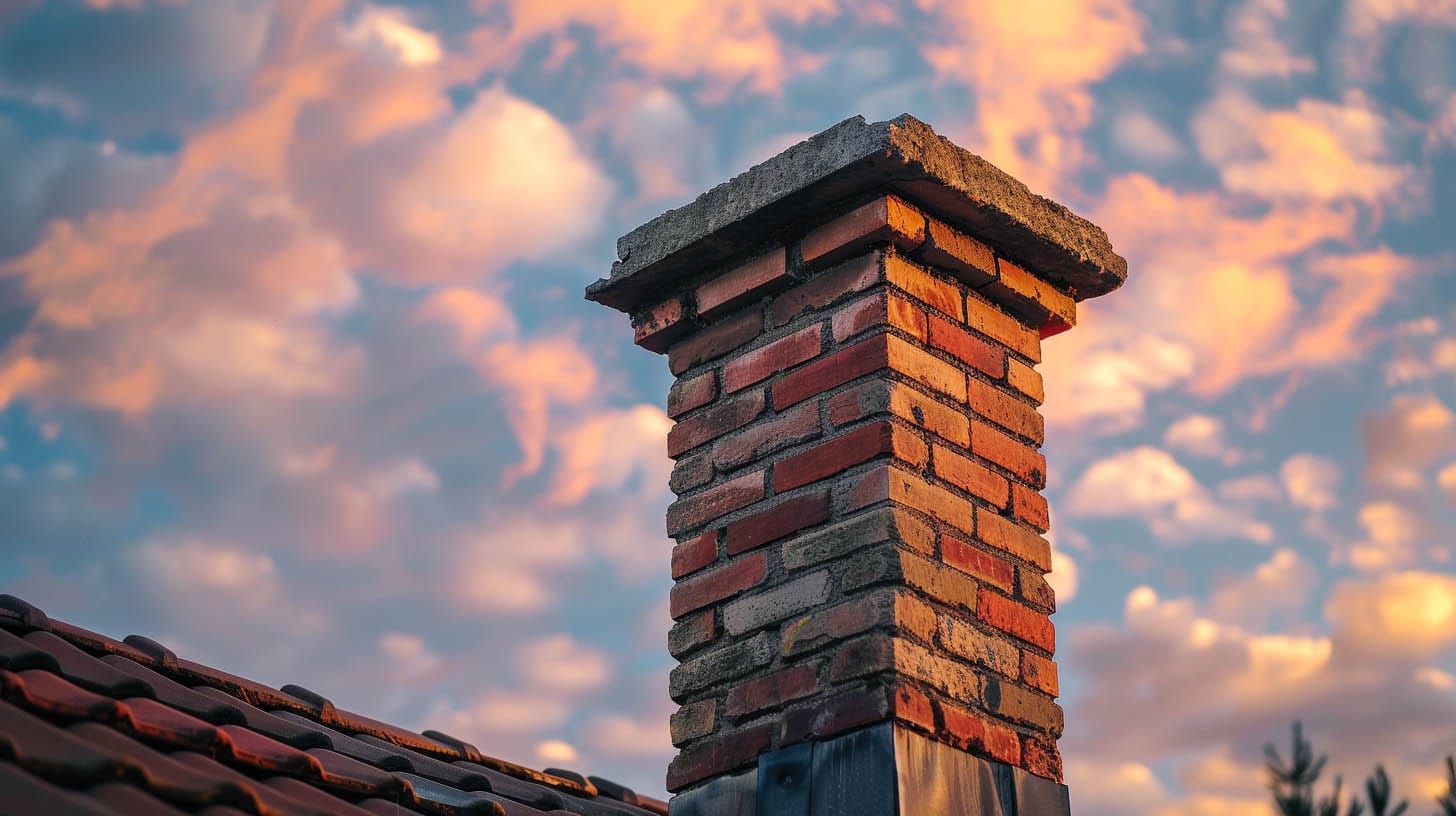
Chimneys, often seen as mere architectural features or necessary components for fireplaces and heating systems, hold a fascinating history and a plethora of surprising facts that extend beyond their functional role. From their historical significance to modern technological advancements, chimneys are more than just conduits for smoke. Here, we delve into ten intriguing facts about chimneys, shedding light on their importance, functionality, and the unexpected roles they’ve played throughout history.
The modern chimney is equipped with advanced technology to improve safety and efficiency. One key innovation is the chimney liner, a protective barrier made from materials such as stainless steel, aluminum, or terra cotta. This liner is crucial for preventing excessive heat transfer to other parts of the building, thereby reducing the risk of fire.
Historically, chimney sweeps were considered harbingers of good luck. This belief was so strong that in some regions, people would celebrate New Year’s Day by inviting sweeps to parade through the streets with pigs, allowing bystanders to touch the animals for a small fee in hopes of receiving good fortune.
The principle that warm air rises underpins the chimney’s basic function. This natural phenomenon creates an updraft that draws smoke and combustion gases upward and out of the building, ensuring that indoor spaces remain smoke-free and breathable.
Chimney caps play a crucial role in maintaining the chimney’s integrity and functionality. These caps prevent rainwater, debris, and animals from entering the chimney, while also improving the updraft and minimizing smoke backflow into the home.
Chimney fires can reach astonishing temperatures of up to 2,000 degrees Fahrenheit. This highlights the importance of regular maintenance and cleaning to prevent the buildup of creosote, a highly flammable substance that can lead to dangerous fires.
The use of chimneys became widespread in northern Europe in the 12th century, but it wasn’t until the 16th and 17th centuries that they became common features in homes. This adoption marked a significant advancement in domestic architecture and living conditions.
To maximize efficiency and minimize the need for frequent wood replenishment, opting for hard woods like hickory or white oak is advisable. Their higher density allows for a longer burn time, making them more economical and convenient for heating purposes.
Located in Ekibastuz, Kazakhstan, the world’s tallest chimney stands at an impressive height of 1,377 feet. Constructed in 1987, this monumental structure showcases the engineering feats achieved in chimney design.
Creosote formation is a natural process that occurs when hot smoke, unburned wood particles, gases, and hydrocarbons cool and condense inside the chimney. Regular cleaning is essential to remove creosote buildup and prevent chimney fires.
Proper chimney installation and maintenance, including the use of roof flashing, are critical to preventing water from leaking through the roof and causing structural damage. Teflon Roofing, located in Chambersburg PA, emphasizes the importance of ensuring that chimneys are correctly sealed and protected to avoid costly repairs.